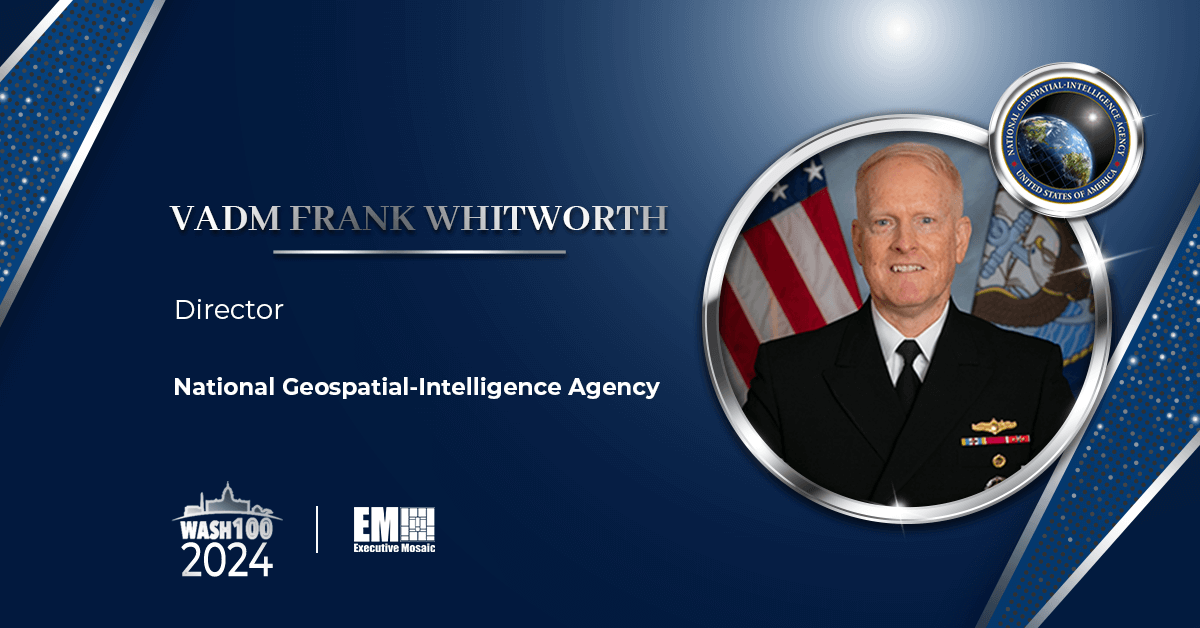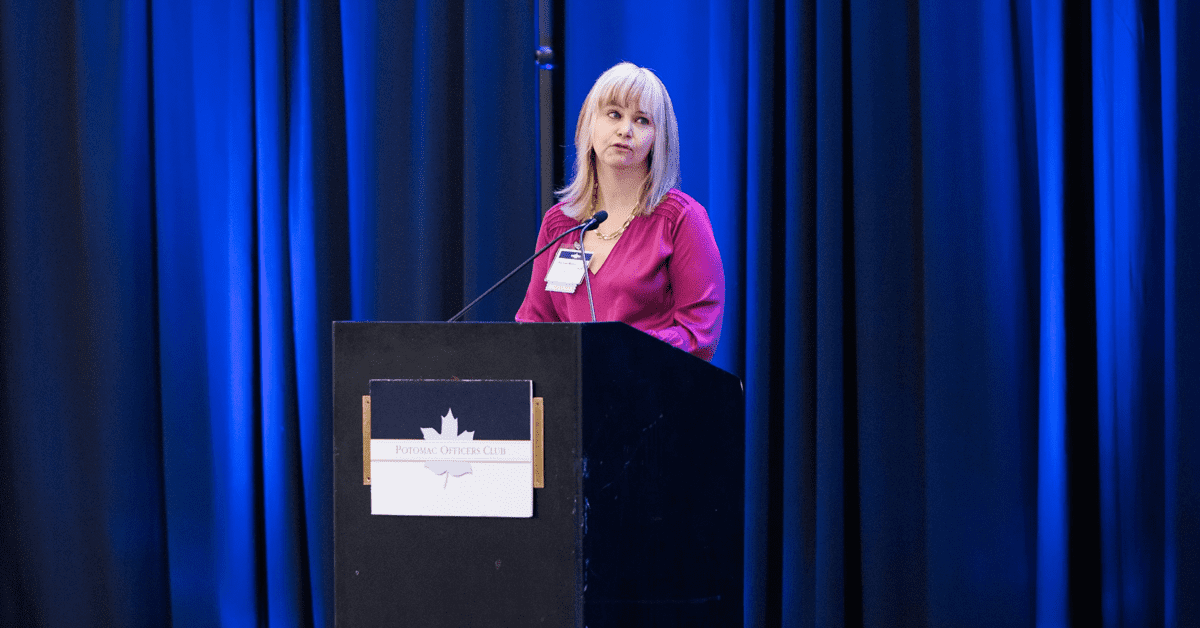The U.S. Intelligence Community is constantly chasing after cutting-edge technologies and innovative solutions that can meet IC needs and ensure the country’s strategic advantage. But IC agencies aren’t replacing legacy systems with the latest and greatest technology, and it’s leading to clutter, inefficiency and depleted resources.
According to Dr. Daniel Blevins, chief architect of the ground enterprise for the National Reconnaissance Office, this is a factor that hinders technology adoption and innovation.
“The one thing we don’t really collectively do, across the IC and particularly at the NRO, is decommission old things,” Dr. Blevins said in a panel discussion during the 2nd Annual IC Acquisition and Technology Innovation Summit hosted by GovCon Wire Events. “We tend to keep those old applications around for far too long.”
He explained that in order to move forward, IC agencies will have to “get used to the fact that we are going to get rid of what we’re building right now, probably in a couple years, with something newer.” He shared, “That mindset, I think, is one of the things that we still have to wrestle with as a community.”
Redundancy is another obstacle the IC is working to overcome. Alex Loehr, chief technology officer for the National Geospatial-Intelligence Agency, said one of the biggest hurdles he sees in his role is problem solving that only happens in silos and does not spread to other areas of the enterprise.
“What I often see is individual teams doing a really good job solving the problem they’ve been given, but we are not necessarily seeing how those problems overlap” with other problems that may benefit from those solutions, Loehr shared.
Because these teams are staying only within their respective lanes, Loehr said his agency — and on a broader scale, the government — is seeing duplication and overlap.
“We don’t always reconcile that well and figure out which of those things shouldn’t be doing the same things and how we can simplify things for our users,” he explained.
Despite these challenges though, agencies within the IC are making a concerted effort to synchronize and unify their higher level tech focus areas.
The NRO and the NGA are taking a cue from the Office of the Director of National Intelligence and aligning their tech strategies with the ODNI’s Science and Technology Investment Planning Guidance, made up of three documents published earlier this year.
Dr. David Isaacson, ODNI’s deputy director of science and technology, said the purpose of these documents is to codify ODNI’s processes, identify gaps and effectively communicate their needs to partners in the public and private sectors.
“The secret sauce of this isn’t really the process of trying to identify needs, match solutions and resolve gaps,” Dr. Isaacson revealed. “The real secret sauce is in the challenges themselves and the solutions that you all can provide. But the methodology, we’re trying to be as transparent as possible about.”
Both Dr. Blevins and Loehr said their respective agencies’ strategic tech plans are “directly aligned” with ODNI’s guidance.

Join our sister platform, ExecutiveBiz Events, for its Defense Software Modernization Forum on May 17 to hear from leading federal and industry officials on how they’re working to comply with the Department of Defense’s new software modernization strategy.
Robert Vietmeyer, director for cloud and software modernization for the DOD, will serve as keynote speaker. Click here to register.







